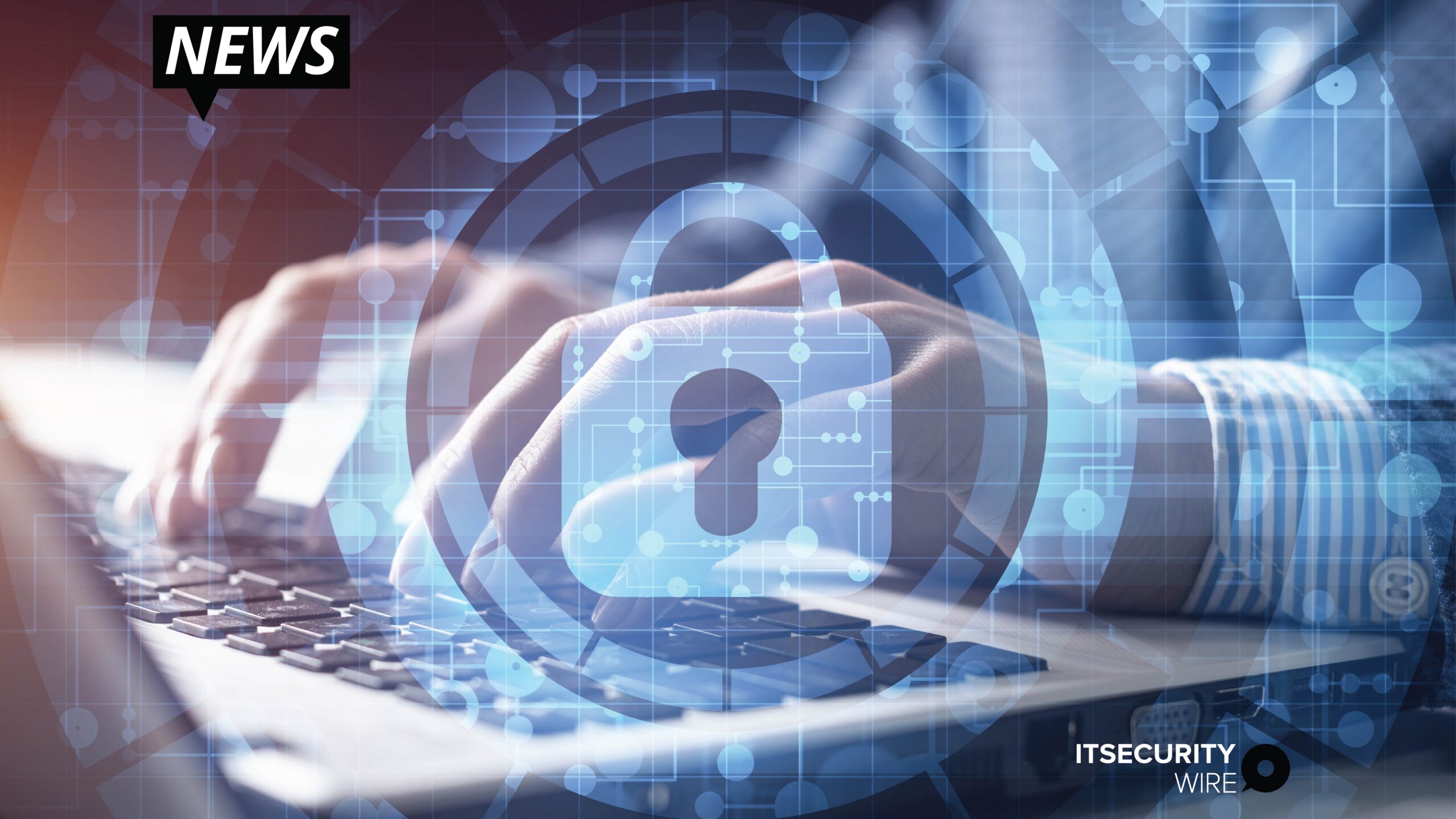Collecting the required threat intel in today’s environment is getting more complex with the surge of evolving cyber-attacks and complex data. Therefore, CISOs need to find new and innovative ways to integrate threat intelligence into their security operations to combat the attacks.
At the onset of the pandemic, enterprises witnessed cyber-attacks that they weren’t prepared to tackle. As the enterprise landscape continues to witness a surge in the ever-evolving complex data, C-suite executives must collaborate. They must seek to find the best ways to manage this data and gather insights that enable the security operations to effectively integrate threat intelligence. But managing threat intelligence requires a steady balance between too little and too much intelligence.
Read More: Leveraging Data for Tackling Today’s Enterprise Challenges
Having too much information can cripple the business operations and overwhelm the security team and make it difficult for them to develop required strategies to identify the attacks. In their latest report Tackling the Visibility Gap in Information Security, the analyst group 451 Research found that the daily operations overwhelmed over 49% of enterprises utilizing EDR, SIEM, and other security tools to manage and ingest the threat feeds into their rapidly growing technology stack.
However, there are ways that CISOs can use to help their security team focus on the intelligence that tells them where the attackers are and how they may try to infiltrate the security. When the security teams aren’t swamped with the data, they can evaluate the effectiveness of threat intelligence, improve and enhance visibility and speed up their detection and response by concentrating on higher fidelity events in the enterprise infrastructure.
Collecting Data
The security department must collect intelligence that adds value to their industry and align it with similar frameworks and issues. They should research feeds with the highest accuracy, fidelity, and timeliness in their field. Also, when necessary, CISOs must enable alert-level automation at this stage to filter the threat intelligence for investigations. They must pull relevant artifacts from various technologies that the security team can prioritize and complete investigations at a much faster pace.
Read More: Striving against Cyber-attacks with Effective Security Management Solutions
Taking Prevent Measures
After having the required threat intelligence, CISOs must take effective measures to develop a more robust security infrastructure. They can add controls to prevent threats from executing, add block lists to firewalls and proxies that are updated dynamically with the relevant threat intelligence. The security teams can also utilize the threat intelligence in threat hunts to identify the ‘low hanging fruit’ pathways that the cyber attackers may take.
Leveraging Automation
Gathering intelligence manually can unnecessarily waste resources and time of the security department. Furthermore, there are high chances that enterprises may not be able to aggregate and rank threat intel as required.
By leveraging automation technology, the security department can properly rank the intensity and impact of a threat. The resulting high-fidelity intel can help the department to improve detection as well as minimize false positives. Moreover, the insights derived from the intelligence can help in understanding the behavioral patterns of potential attackers.
Having the Right Strategies in Place
Whenever an attack takes place, CISOs must ensure that their security team has developed a plan of action that ensures the security of the infrastructure. To build assurance, CISOs must use automation technology for an enriching analysis process and gathering information.
Having a thorough understanding provides the context around the required threat data for developing knowledge of an entire attack chain.
These steps are crucial for the journey of an enterprise towards reducing security complexity, improving detection and response, as well as increasing the security team’s efficiency.
For more such updates follow us on Google News ITsecuritywire News.









